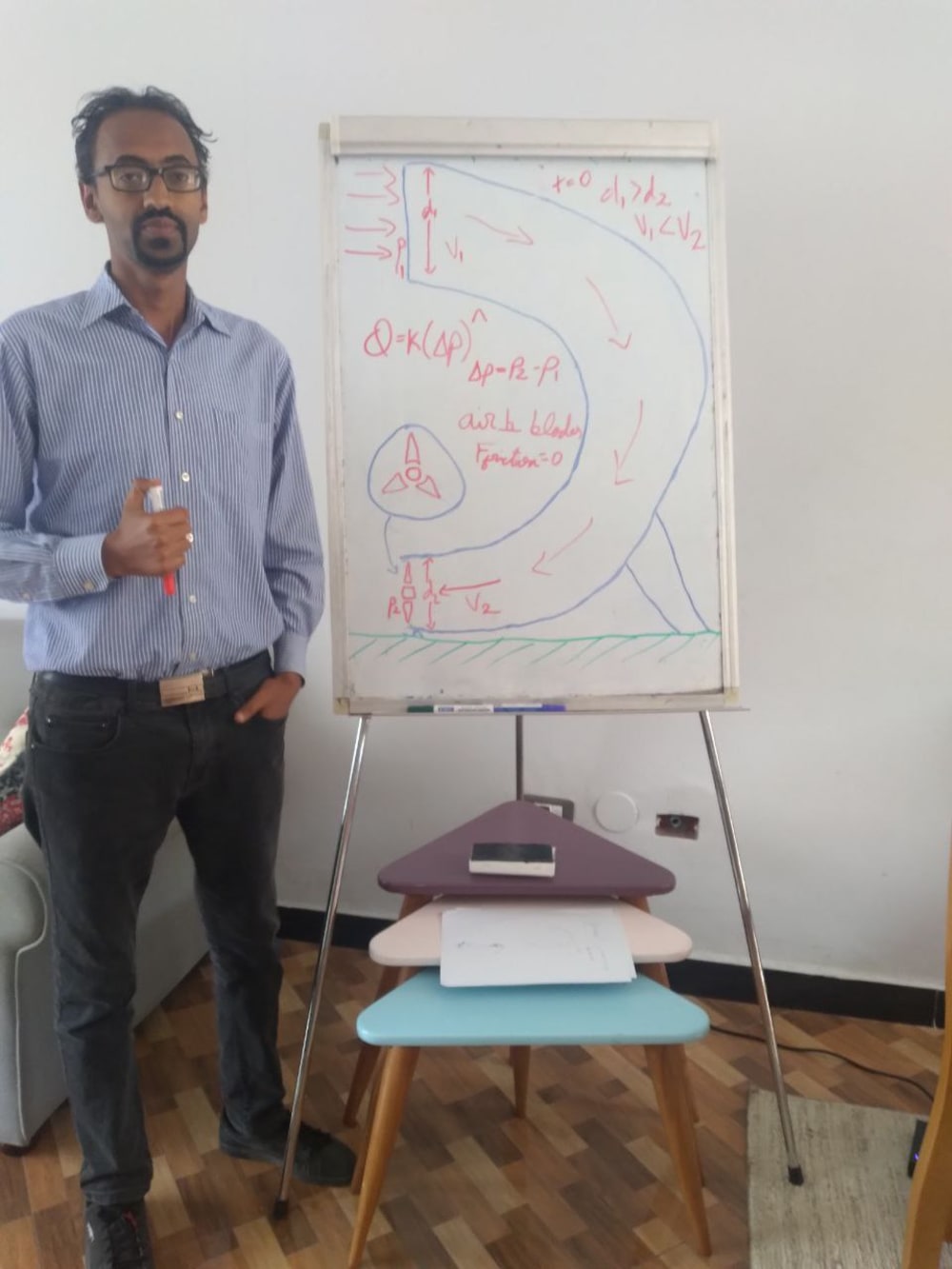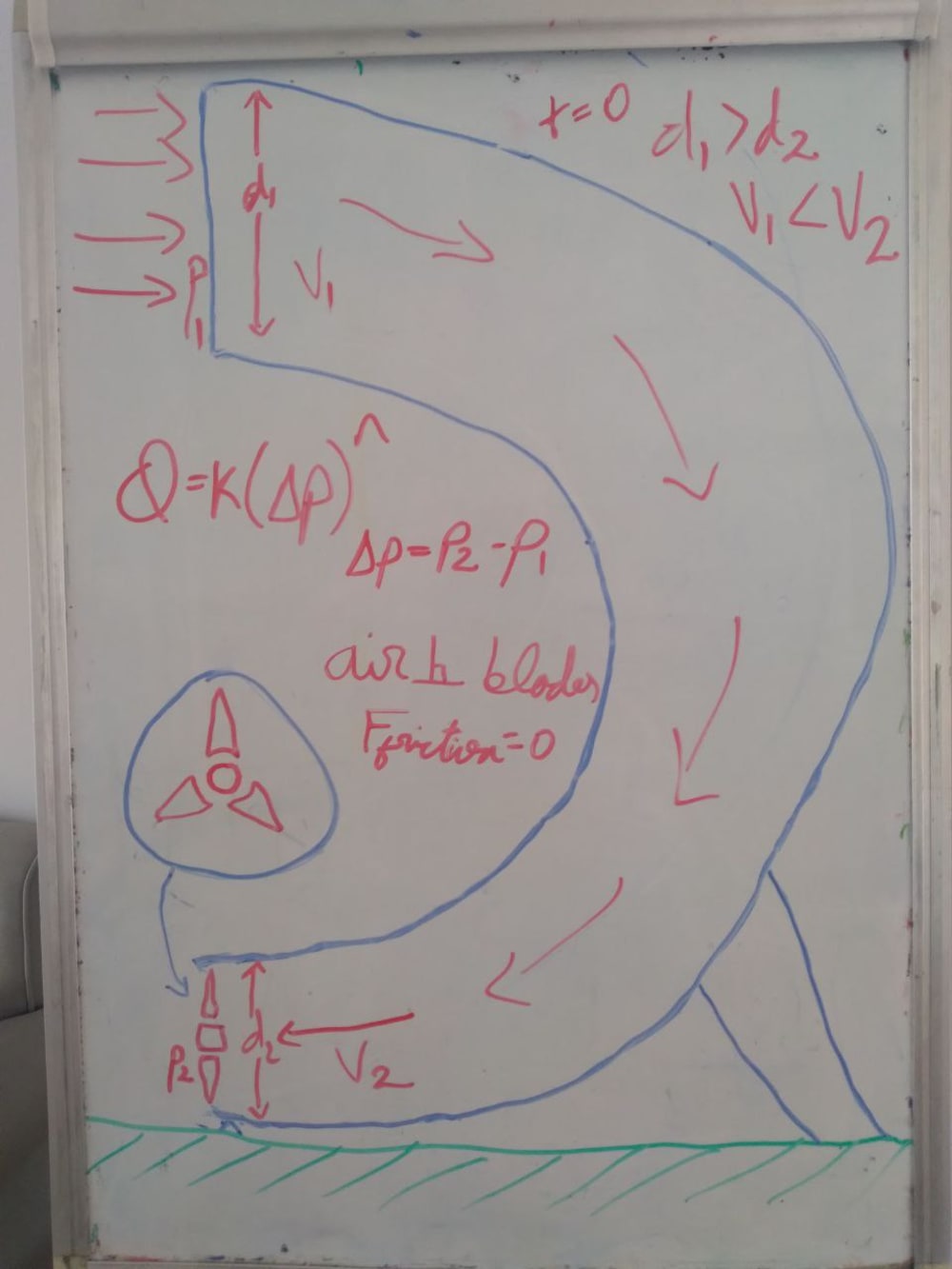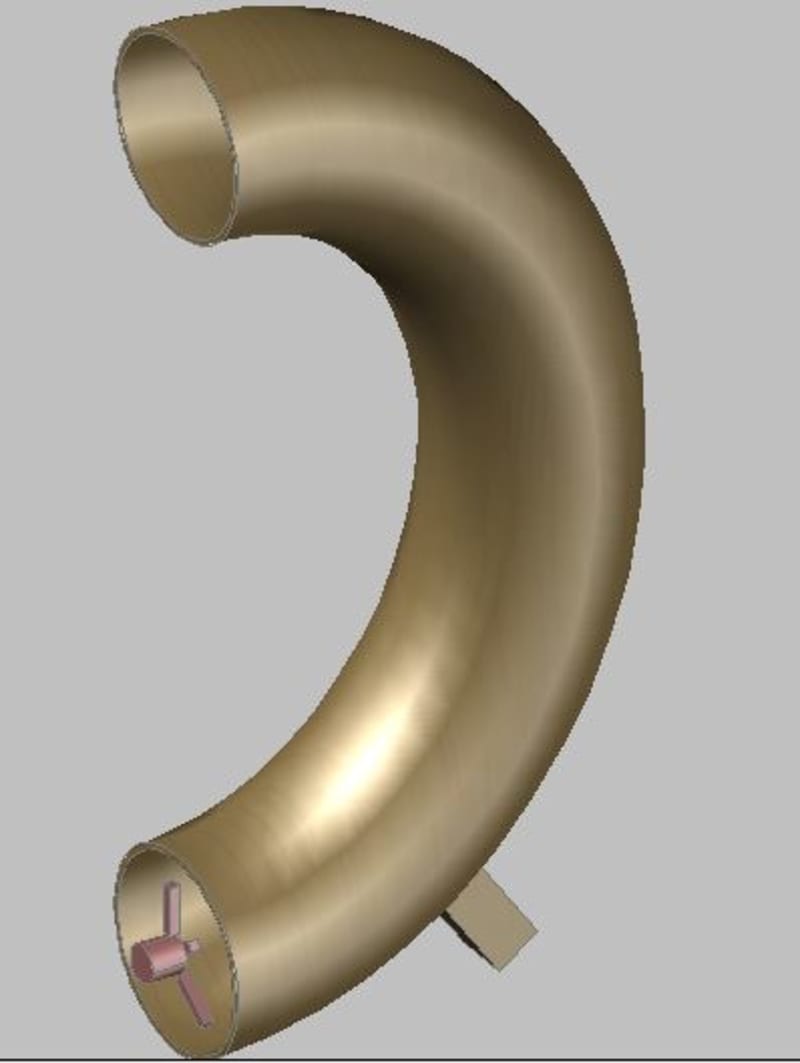Problem statement
A study published in the journal Biological Conservation found that U.S. turbines kill 234,000 birds per year on average, while a newer study, published in Energy Science, found that about 150,000 birds are affected by wind turbines in the U.S. per year. When a bird flies into a patch of air immediately after a blade tip has passed by, the sudden drop in pressure can reportedly rupture its lungs, a condition known as "barotrauma." There are several solutions proposed but the problem is still at large that the only solution that is found to work is stopping the wind turbine when migratory birds comes in the areas of the wind farm using a radar that can detect incoming large number of birds. Some of the proposed solutions are:
- Safer locations - The simplest way to keep birds and bats away from wind turbines is to not build wind turbines where lots of birds and bats are known to fly. It's not always that simple, though, since many of the open, treeless expanses that attract birds and bats are also prime locations for harvesting wind.
- Ultrasonic 'boom boxes" - Birds are mostly visual animals, but since bats use echolocation to navigate, sound might offer a way to repel them from wind farms. That's the idea behind ultrasonic "boom boxes," which can be attached to turbines and emit continuous, high-frequency sounds between 20 and 100 kilohertz.
- New colors – painting of only one turbine with black paint has given a very promising result according to some researches.
- Radar and GPS – detecting large number of migratory birds when reaching wind farms to prevent collision by stopping the wind turbine.
- Restraint – is a sensor that can tell when something hits a wind turbine blade, giving operators a chance to prevent more collisions by shutting turbines down.
Solution
This project is about building a mechanism that can place the wind turbine at lower height while functioning with the same efficiency saving biodiversity and cost. As seen in the figures the tower has a C shape and at the upper level it have higher diameter than the lower level which is used to direct the high speed wind from higher level to lower level marinating its velocity. At the lower end of the C shaped tower the blades are installed at enclosed manner which the directed wind will be used to generate electrical power. The directed air and the blade will be installed to have a perpendicular shape. Neglecting frictional force between the air and the inner side of the C shaped tower, we can calculate if this mechanism works or not.
NOTE- You may ask why not have the tower be diagonal and avoid surface friction with the air and the answer is reduction of land surface area consumption per tower.
The flow of air through opening is commonly approximated by a power law equation of the form: Q = K (P2-P1)n
Like this entry?
-
About the Entrant
- Name:Anteneh Gashaw
- Type of entry:individual
- Patent status:pending








